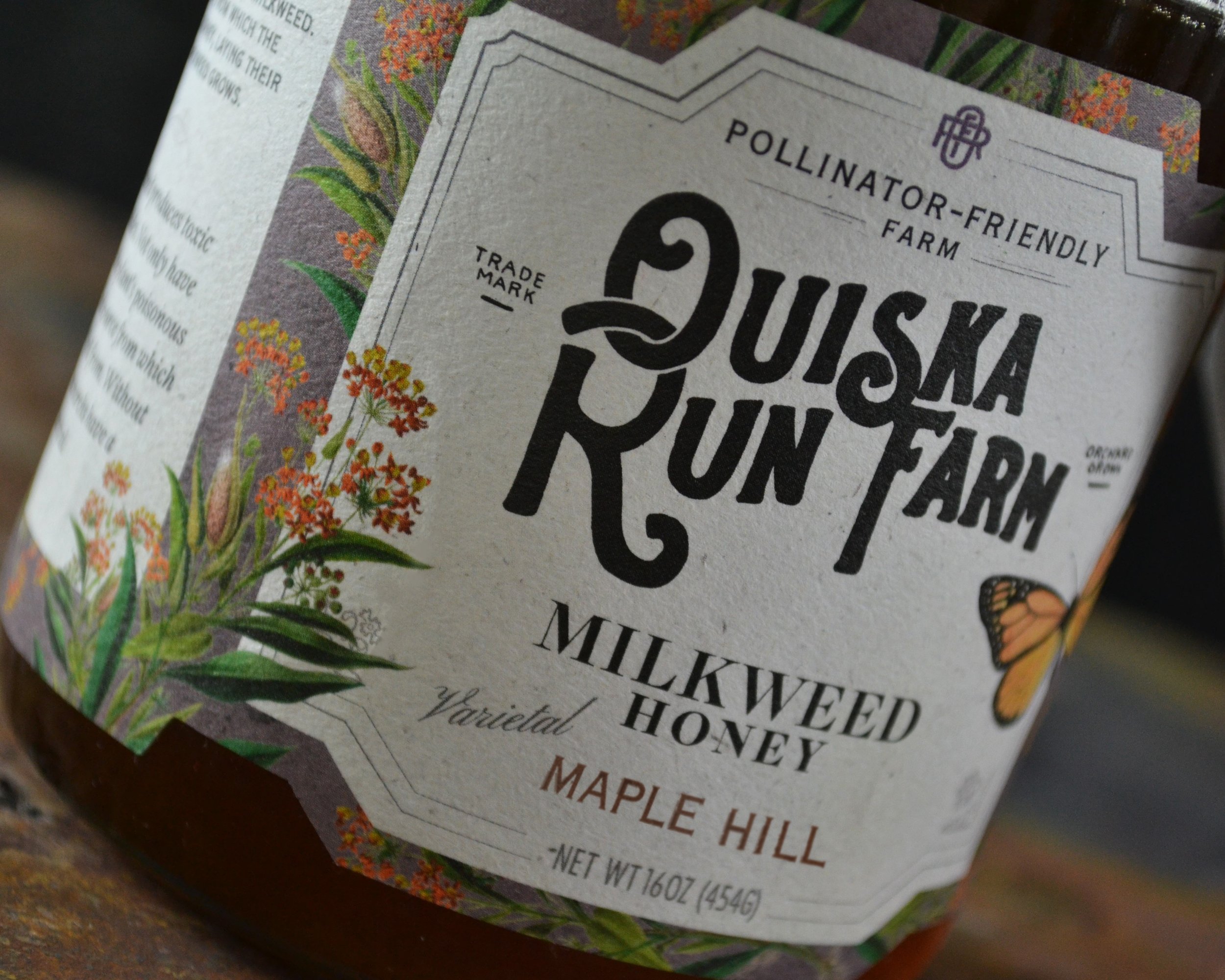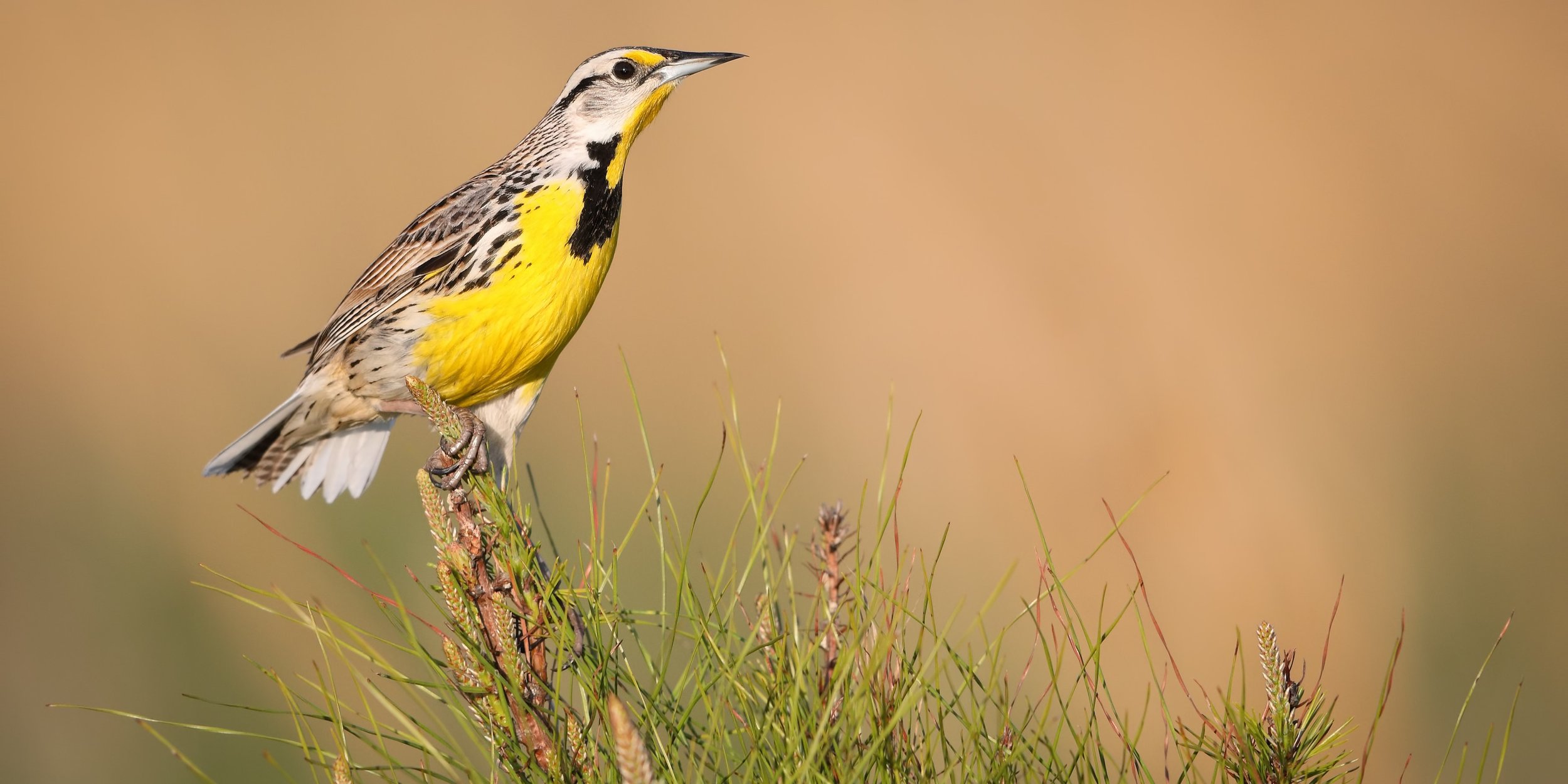* This article first appeared in the April 2022 issue of Bee Culture Magazine. *
I am a beekeeper, albeit unintentionally. My introduction to apis mellifera is likely similar to that of others born before 1990. During those what seemed like endless, summer days of my youth, it was commonplace to step on a honey bee while running barefoot through your yard. As the helpless, forager bee cast her tiny sting into the underside of my foot, I never would have imagined that roughly thirty years later, I would choose to get stung on a routine basis. Not just stung, I mean STUNG! Right between the eyes kind of stung!
I recall honey bees engorging on the small, white flowers that grew in everyone’s yard. Back then, the Midwest, and a lot of the US was covered in white clover and with the clover, came the bees. But alas, this was a period considered by many to be the “hay day” of commercial beekeeping. Modern-day beekeeping has evolved into a constant toggle between strategy and defense when combating the multitude of evils that await every altruistic forager who dares to leave the hive.
Climate change, broadscale pesticide applications in agriculture, a booming lawn care industry, and rapid declines in natural habitat and forage, currently present severe challenges for the hive organism, and anyone that dares to don a bee suit in 2022. Lest we forget our nemesis, V. destructor!
The long and (the) short of it is this. Pollinators are declining rapidly and forgive me for the overused analogy, but it certainly will take a village of like-minded, unrelenting, forward-thinking individuals to get us out of the red so to speak for the countless checks that we have written at the earth’s expense.
Backgrounds & Beginning with Honey Bees
My entry into beekeeping came after we purchased our farm in February 2017. The farm, located roughly 40 minutes from our primary residence in the suburbs, had been abandoned for the better part of 18 years and contained an heirloom pear orchard. At that time, our primary focus, and still part of our core ethos today was in land restoration and wildlife conservation. Our goals early on were to remove the unsightly, overgrowth of invasives that were choking out the native plants and propagate perennial, food producing shrubs and trees. Ultimately, we hoped to not only re-establish the natives, and develop a functioning, perennial food system, but also provide a welcoming sanctuary for ourselves and the diverse fauna that call this farm home.
Already having an orchard that was producing on site, it seemed fitting to find a local beekeeper and offer up some acreage for them to place hives on in exchange for their mentorship and helping us manage our hives. We found that beekeeper, er... should I say bee-haver and I soon discovered that his definition of beekeeping and mine differed drastically. Ella and I both have backgrounds in biology, and in another life, were quite successful in our work with reptiles and amphibians. Our specific area(s) of focus were with the true, Giant African Bullfrog (P. adspersus) or Pyxie frog as they are commonly referred to and the ever popular, Bearded Dragon lizard (P. vitticeps) to which we played an instrumental role in developing a genetically sound example of a newfound, dominant trait. But I digress.
Through his “mentoring” I learned quickly that his method of keeping bees involved letting them collect as much honey as they could collect throughout the beekeeping season, harvest the entire crop at summers end, and then leave the bees to their own avail in the fall. The following spring, he would head down south, buy more package bees, and repeat the process. Needless to say, nothing felt good about that, not to mention that he was also putting high fructose corn syrup (HFCS) feed on his colonies all season long, thus the bulk of his “honey” crop that he was selling to local retail shops was mostly evaporated and capped HFCS. I would learn that this is an all-too-common practice in the honey industry and one that we vowed to shy away from at all costs with our operation.
What I haven’t touched on yet is that during this time, I completely absorbed myself in everything that is the European honey bee. Honey bee biology, breeding honey bees, queen rearing techniques, making colony increases, honey production, wax rendering, EVERYTHING!! I scoured literature from the 1800’s, sourced publications from overseas, listened to beekeeping podcasts, watched You-Tube videos, etc. After taking in so much information from so many different sources, I quickly realized the relevance of the common beekeeping quote, “Ask 10 beekeepers the same question, get 12 different answers.”
So, now with several thousands of dollars in empty bee equipment and the knowledge that we should have possessed prior to ever purchasing our first bottom board, we started over. We spent the first couple of years amassing queen bees from some of the nation’s top queen producers hailing from climates colder than ours. We knew that in order to have a sustainable apiary, we were going to have to start with exemplary genetics and then slowly impart the traits that were of the utmost importance to us. There is a lot of credence in Aesop’s tortoise. Slow and steady DOES win the race!
So, tortoise we did! Slowly but surely, year after year, we were seeing higher success rates of over wintering colonies and stronger queens coming into each spring. I find myself every year telling Ella, “These are the healthiest bees we’ve ever had!” I know that as beekeepers, we are getting better at our craft as our management techniques, and knowledge base evolves, but I can’t assume all of the credit for having better bees’ season after season. The bees do the bulk of the heavy lifting in our operation, and we are merely there to maintain the beeyards, address problems that arise, and apply treatments as needed.
Those Fluttering Embers of Orange & Black
Shortly after we began clearing out the invasive species that riddled the acreage, something magical happened. Tall, fragrant, rose-colored flowers began to pop up in several of the patches that had been cleared. Not having the taller brush and various sized tree saplings to compete with, the flowers were now able to reach up into the sky and grab the precious solar rays that they so desperately needed. As spring waned to summer, the patches began to hum with life from within.
We worked the sultry, days of summer away and soon were greeted by a frequent visitor to the farm. Around mid-July, we started to see in excess these fluttering embers of orange and black, dancing about the sky. The embers were Monarch butterflies (Danaus plexippus) and like the honey bees of my youth, I too recalled seeing them regularly growing up, but not as much today. A connection perhaps?
The days in the Farmer’s Almanac stacked and by the end of August, there were so many monarchs on the farm, that we were dodging them as we mowed. They frequented the patches of flowers that now broadcasted a constant waft of floral sweetness throughout the sun-beaten fields. One day, as I was cutting along the edge of one of the patches, I saw the most intricately striped, yellow and black caterpillar crawling along the edge of one of the flowers large, waxy leaves. A closer inspection revealed that the caterpillar was munching on the leaf like a diligent farmer harvesting his crop. Left to right, right to left, I watched in disbelief as the cat (butterfly talk for caterpillar) consumed almost the entire leaf in just a few minutes time! Reveling in what I had just witnessed, I decided that it was time to research this flower and see what kind of ecosystem I had unfolding in front of my eyes.
My research quickly yielded that the “flowers” in question, that now grew prolifically in several patches on our farm, was the Common milkweed (Asclepias syriaca L.) plant, the primary host plant to the monarch butterfly here in the Midwest. The tiger striped caterpillar was the monarch’s larval form, and due to a consistent decline in Common milkweed nationwide, the monarch is in serious trouble.
Fate & Honey
We never envisioned ourselves being beekeepers and were as equally blindsided by the impact that monarchs have had on our lives. Fate certainly has a peculiar way of showing itself and when it does, I tend to lean into the momentum. Countless Google searches kept bringing us back to Dr. Orley “Chip” Taylor and the revolutionary work that he and his team were doing at Monarch Watch. Prior to founding Monarch Watch in 1992, Chip ran several colonies of bees himself, and spent twenty-two years working for the Department of Agriculture with “killer bees” in Central and South America.
Monarch Watch is a nonprofit education, conservation, and research program based at the University of Kansas, that focuses on the monarch butterfly, its habitat, and the spectacular fall migration. Their popular, tagging program was launched during their first year, and has turned in to the cornerstone of their operation.
The Monarch Watch Tagging Program is a large-scale, community science project that was initiated to help understand the dynamics of the monarch's spectacular, fall migration through mark and recapture. The tagging process helps to answer questions about the origins of monarchs that reach Mexico, the timing and pace of the migration, mortality during the migration, and changes in their geographic distribution. The tagging process involves applying a pressure-sensitive, adhesive tag with a unique code, to the underside of the monarch’s wing. These lightweight, all-weather tags were designed by Monarch Watch specifically for tagging purposes and do not harm them nor interfere with their flight.
Each fall, more than a quarter of a million tags are distributed by Monarch Watch to thousands of volunteers across North America who tag monarchs as they migrate through their area. These "community scientists" capture monarchs throughout the migration season, record the tag code and date, butterfly’s gender, and geographic location, then apply the tag and release them. At the end of the tagging season, this data is submitted to Monarch Watch and added to their extensive database to be used in further research.
When it came time to harvest our first crops of honey, we decided to piggyback on the nation-wide platform that honey bees were receiving, to try and spread some additional awareness about the not-so-known decline in monarch populations and the milkweed plants that are needed to support them. Being a smaller operation, we can afford to do some of the more labor-intensive things that the larger producers don’t do.
So, we set out to do smaller, seasonal harvests that would mimic the monarch’s life cycle here in the Midwest. Sure, it was an unorthodox approach to traditional honey design and packaging, but any concerns that we had were quickly quelled. The seasonal, 3-part series has been an absolute scream with our audience and the packaging won a Graphic Design USA title in 2019, the first year that it was put into production.
Part of our mission is giving back to and supporting organizations whom we believe strongly in. A portion of all proceeds from the sale of our monarch themed, raw honey is donated annually to Monarch Watch. In addition, we also partnered with them to help spread awareness about the importance of planting milkweed within our local communities. Our “Plant Milkweed Support Monarchs” statement tee’s have been equally successful and has helped generate some additional revenue for Monarch Watch that we otherwise wouldn’t have been able to contribute because of our limited honey production.









